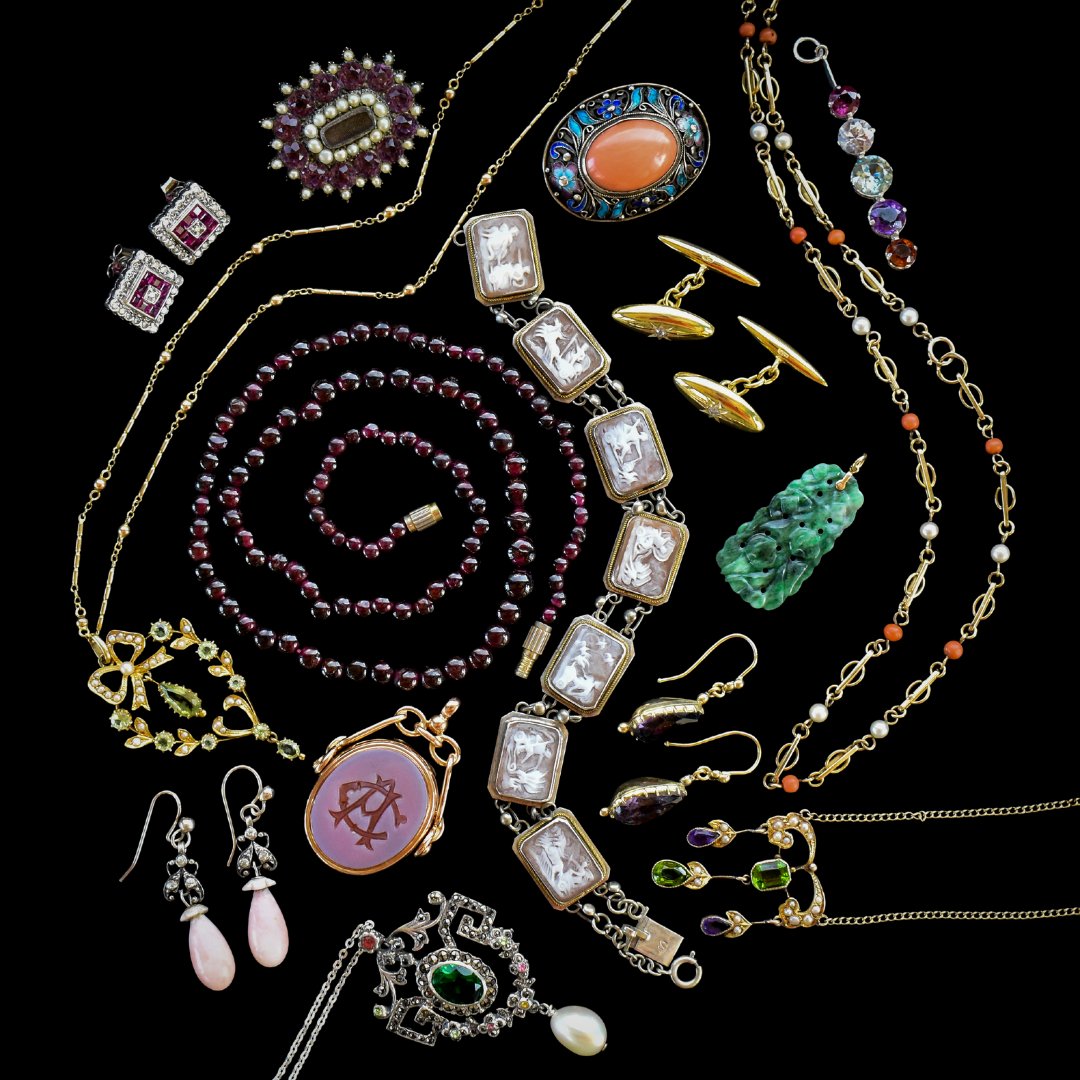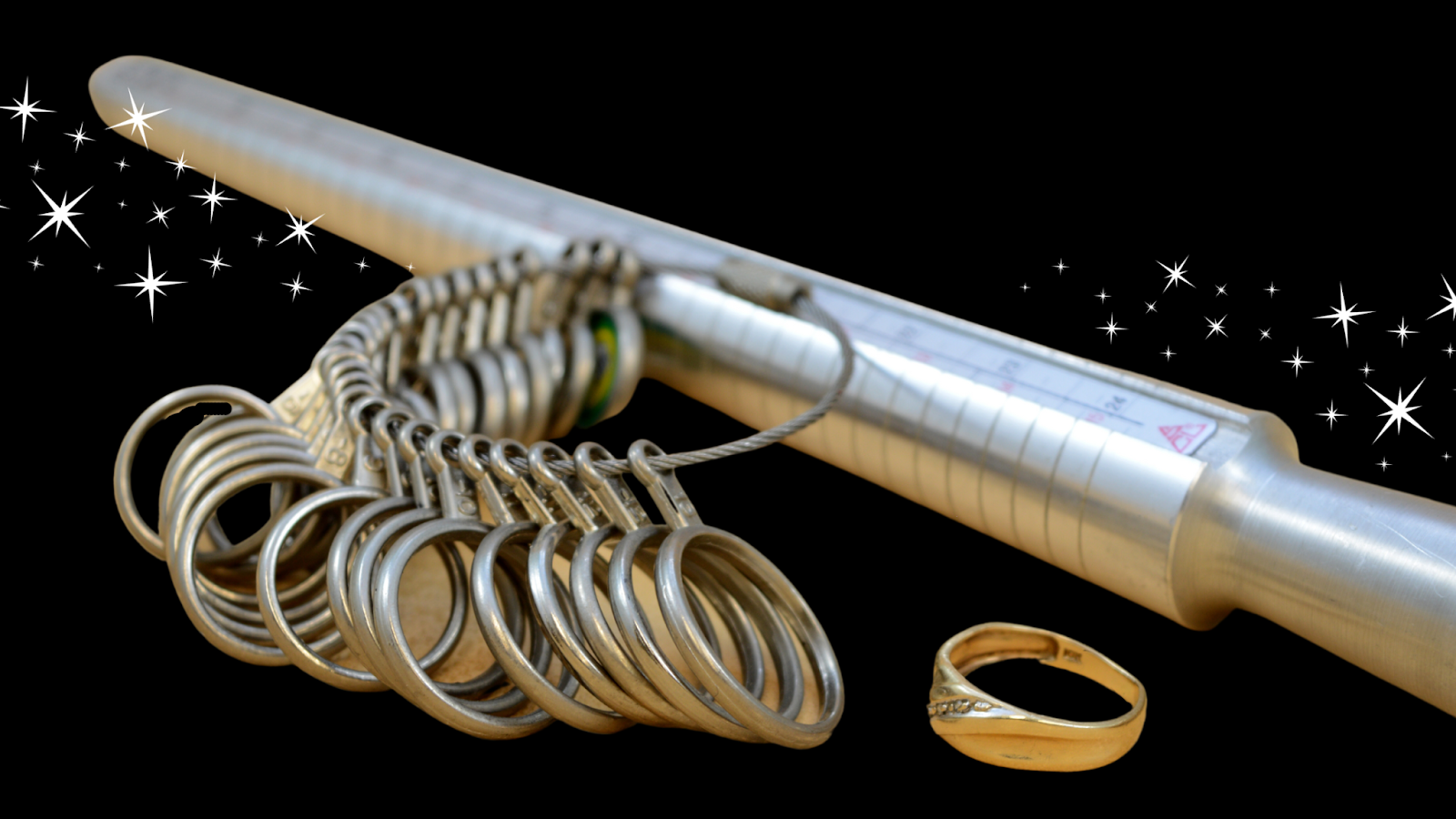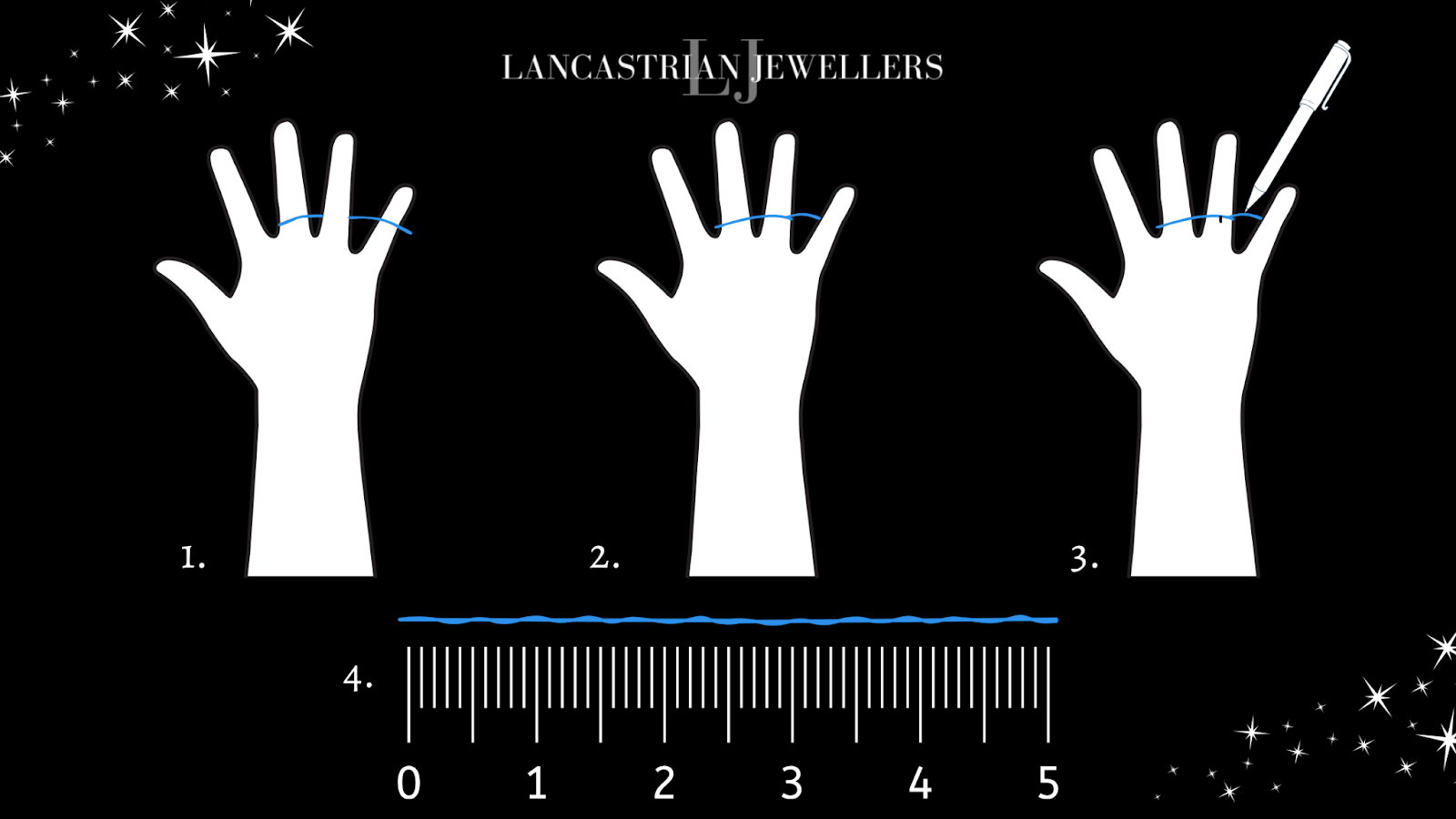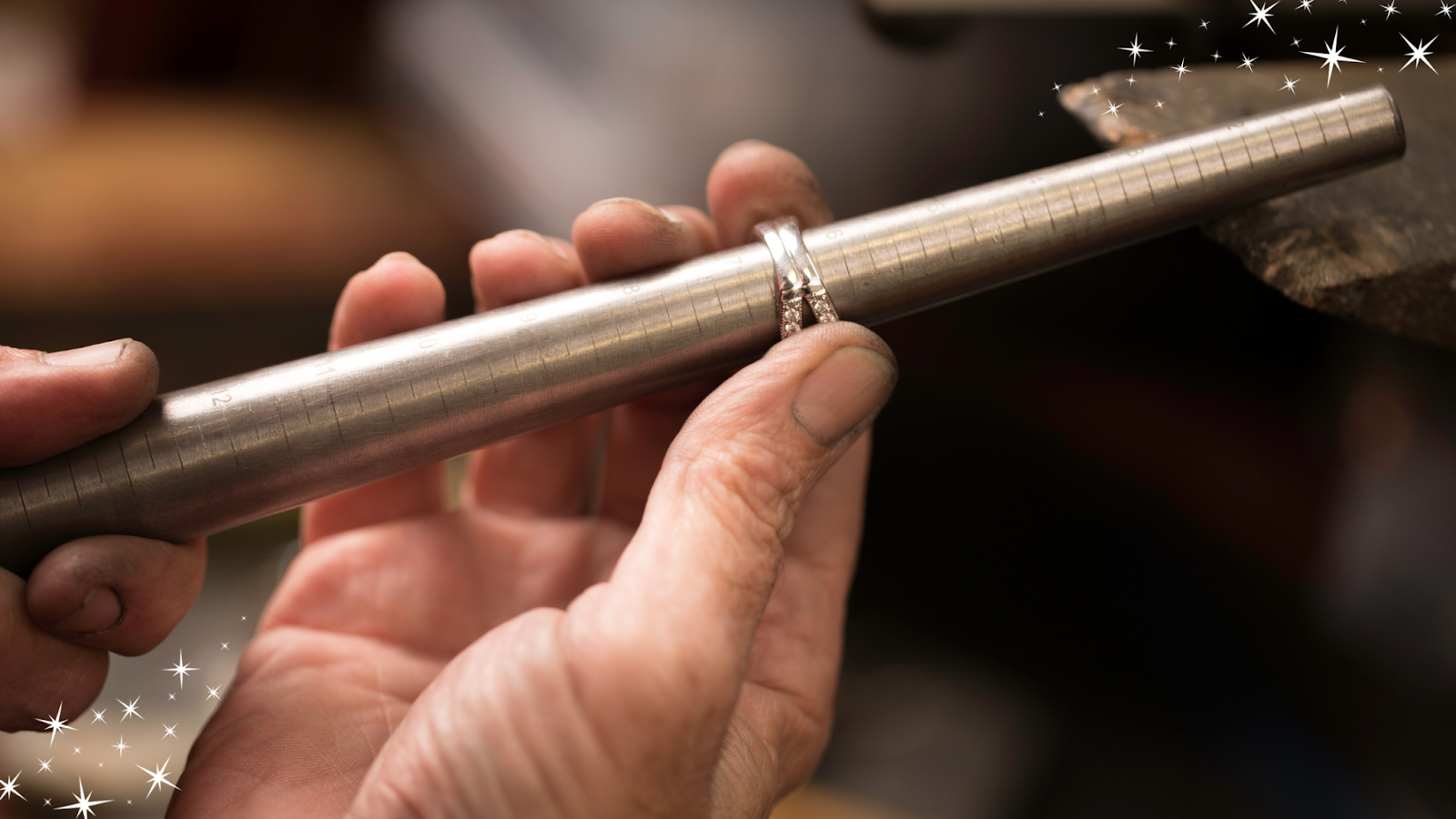Absolutely stunning 😍 Great customer service with the shipping to Canada after the Christmas holiday. The necklace is accurately described. I will cherish it for a long time.
A+++ for the quality of the necklace, wonderful service and securely delivered. It is gorgeous with its beautiful sparkles.
Beautiful item in Amazing condition and ultra fast shipping. I will absolutely be back!
Such amazing customer service response to my messages and was very helpful. The ring is always amazing too very fast delivery
This is 1 of the most exquisite parures l have bought in a long time. Not signed but certainly has a look of Dior about it. Absolutely thrilled with my purchase.








